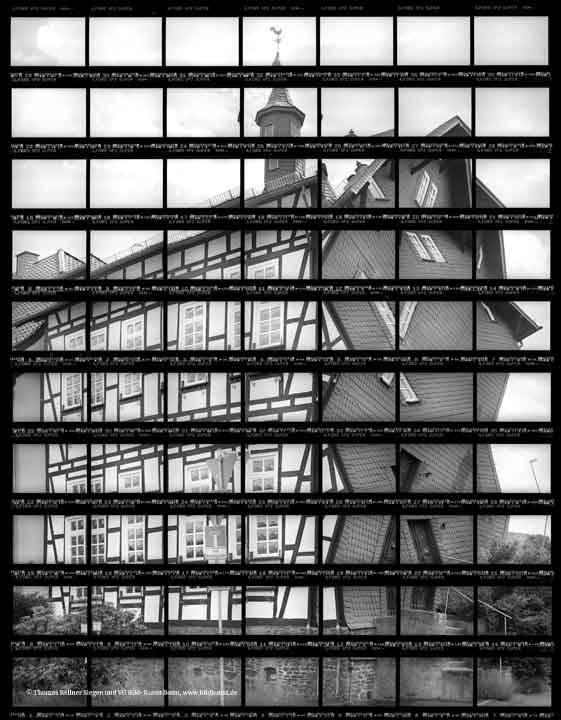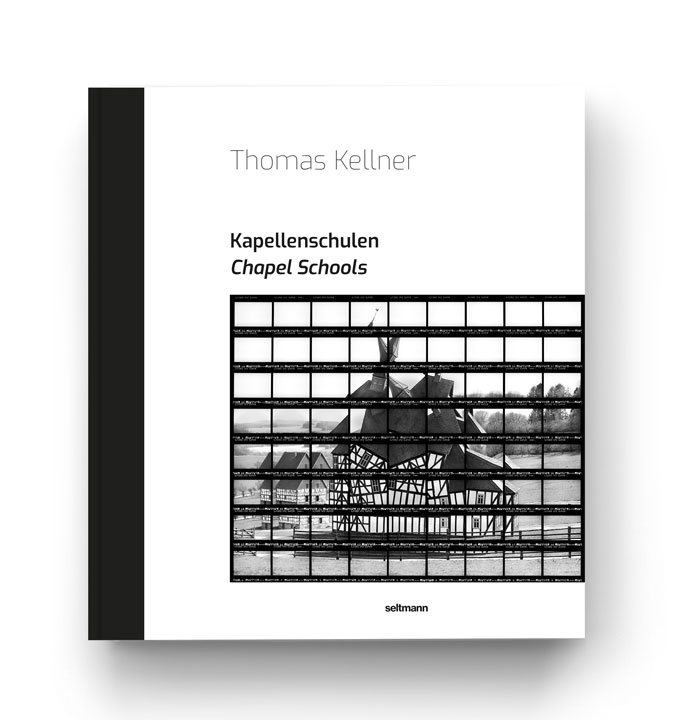Chapel School Bellersdorf
The former chapel school in Bellersdorf, a community in Mittenaar in the Lahn-Dill district, was built from 1860 to 1861 as a schoolhouse in the half-timbered architectural style. As is typical of chapel schools in the Siegerland region, this building also had a remarkable ridge turret with a bell gable. The old school was built to give the school children in the village the opportunity to pray and learn nearby. However, it was difficult to find teachers in the 19th century since the financial resources in the village had become very scarce.
In the course of the 20th century, the building’s use as a school came to an end. It still exists today in its virtually original architectural style. Today, it is considered a cultural monument for Bellersdorf for historical, artistic, and architectural reasons and remains the only public building in the village.
Bellersdorf in: The Chapel Schools' Book
Chapel schools form a solitary architectural type for the Siegerland and its neighboring regions.
As stand-alone buildings and conspicuous in their surroundings, like the one in Bellersdorf, they reveal the connection between religion and school education starting from the domain of Count William I of Nassau-Katzenelnbogen (1487-1559) and his son John VI of Nassau, Katzenelnbogen and Dietz (1536-1606). The hybrid used buildings existed until the end of the 19th century and in parts even until the 20th century.
Chapel Schools a solitary architectural type
The Siegen fine art photographer Thomas Kellner recognized the historical and cultural value of these buildings and set himself the task of preserving and recalling this typical regional cultural asset through a new medium. By means of photography he transfers the chapel schools into an artistic context and gives the historical topic a new dimension in the present (art).
Just as the chapel schools united in themselves two spheres of life, this publication also conveys different contemporary perspectives on the history and genesis of the chapel schools. While Kellner tries to rethink the type of building, which oscillates between profane and sacred, with his artistic realization, Chiara Manon Bohn, Isabell Eberling M. Sc. Dr. Andrea Gnam and Dr. Stefanie Siedek-Strunk provide an insight into the historical, architectural and religious classification of the chapel schools up to the pictures of Thomas Kellner in text contributions.











